Forest Ecosystem Services: Carbon Sequestration, Water Filtration, and More
- August 15, 2024
- 0 comment
Forests do more than just beautify our landscapes; they are vital lifelines that provide critical ecosystem services. Among these, forest ecosystem services like carbon sequestration and water filtration are fundamental in mitigating climate change and ensuring clean water.
What is Carbon Sequestration?
Carbon sequestration is a natural or artificial process that captures and stores atmospheric carbon dioxide (CO2) to help mitigate or defer global warming and avoid dangerous climate change. It can occur through both biological and technological means. Biologically, forests, oceans, and soil are the primary absorbers of CO2. Trees, through the process of photosynthesis, convert CO2 into biomass storing carbon in their trunks, branches, leaves, and roots. This not only reduces the amount of harmful greenhouse gases in the atmosphere but also enhances the quality of air we breathe.

Technologically, carbon sequestration involves capturing CO2 from industrial and energy-related sources before it escapes into the atmosphere and storing it underground in geological formations. This method is known as geological sequestration. It typically involves the injection of CO2 into deep rock formations where it becomes trapped and cannot easily escape. This technology is viewed as a crucial strategy for coal and gas-fired power plants to continue operation while still meeting emissions reduction targets. Both natural and technological sequestration are vital in the fight against climate change, offering different methods to handle the excess carbon dioxide that human activities emit.
What is Water Filtration?
Water filtration is a process that removes impurities and contaminants from water by using a physical barrier, chemical, or biological process. This process is crucial for providing clean and safe water for drinking, agriculture, and industrial uses. There are several methods of water filtration, each suited to different types of contaminants and uses. Some common methods include mechanical filtration, which uses screens and filters to remove larger particles; adsorption, where contaminants are trapped in the filter material; and biological filtration, which involves using microorganisms to degrade pollutants.
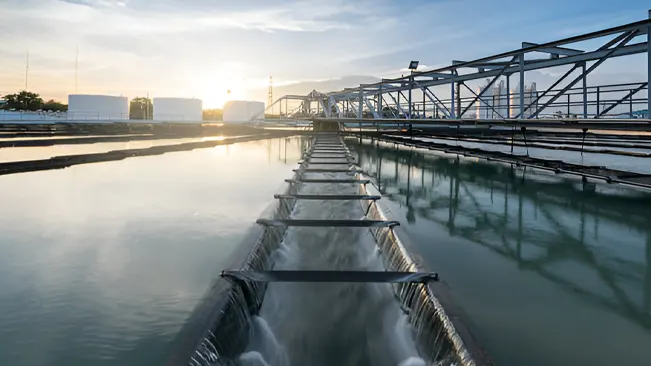
In natural ecosystems, forests play a significant role in filtering and purifying water. As rainwater passes through the forest canopy, soil, and root systems, it gets naturally filtered. Forests help in removing pollutants from water through a combination of physical, chemical, and biological processes within the soil and vegetation. This natural filtration process is essential for maintaining the quality of watersheds, providing clean water to rivers, lakes, and aquifers, and supporting a wide range of biodiversity in these aquatic environments.
Carbon Sequestration
Understanding Carbon Sequestration
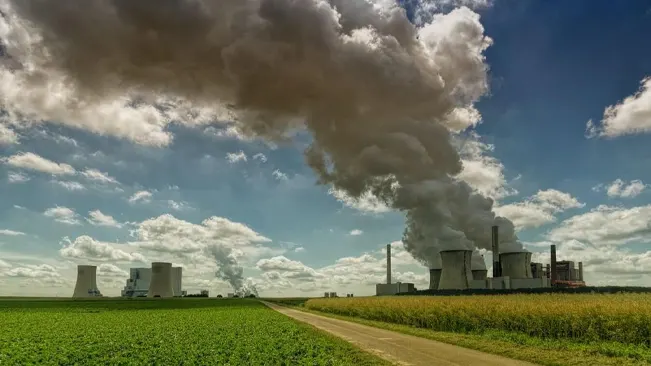
Carbon sequestration refers to the process by which carbon dioxide (CO2) is captured from the atmosphere and stored in a solid or liquid form to prevent it from contributing to global warming. This process is pivotal in climate change mitigation as it helps reduce the overall concentration of CO2 in the atmosphere, one of the primary greenhouse gases responsible for Earth’s warming. Forests, with their vast vegetative cover, play a crucial role in this natural sequestration process through photosynthesis, where they convert CO2 into organic matter and store it in their biomass (leaves, branches, trunks, and roots).
How Forests Capture and Store CO2
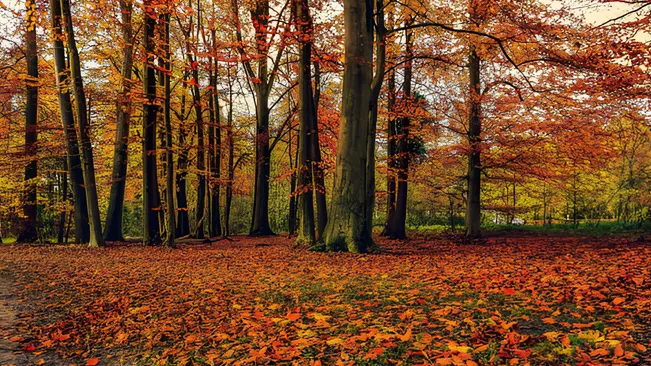
Trees absorb CO2 through their leaves during photosynthesis, using sunlight to convert the carbon into sugars and other organic compounds that fuel their growth. This carbon is not only stored in the trees themselves but also in the forest soil as dead organic matter such as fallen leaves and branches decompose. This storage capability makes forests one of the most significant carbon sinks on the planet, counteracting carbon emissions from fossil fuels and other sources.
Methods and Metrics
Measuring Forest Carbon Stocks
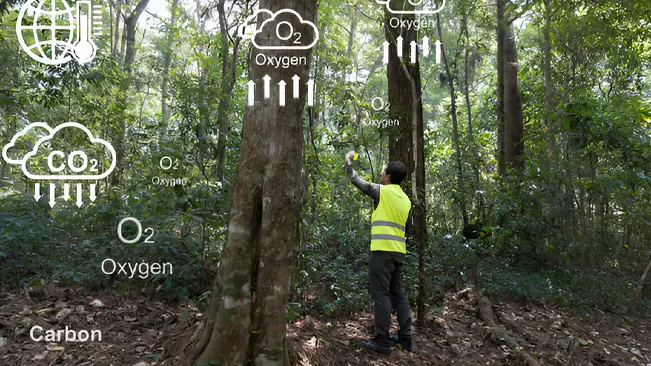
The quantification of carbon stored in forests is achieved through various methods. Direct measurement involves calculating the biomass of trees (which can be converted into carbon storage figures) using tree dimensions like height and diameter. Remote sensing technology, such as satellite imagery and aerial photography, provides another layer of data, enabling estimates of forest cover and biomass on a larger scale. These measurements are essential for monitoring changes over time and validating carbon storage claims for climate policy and economic incentives like carbon credits.
Global Data and Trends

Internationally, data collected from forest carbon studies indicate significant variations in carbon storage capacity by region, forest type, and management practices. Mature forests, for example, tend to store more carbon than young forests or those in arid zones. Trends have shown that while some regions see an increase in carbon storage due to forest growth and conservation efforts, others experience reductions from deforestation and land-use change. Understanding these trends is crucial for developing strategies to maximize carbon sequestration globally.
Water Filtration
Basics of Water Filtration by Forests
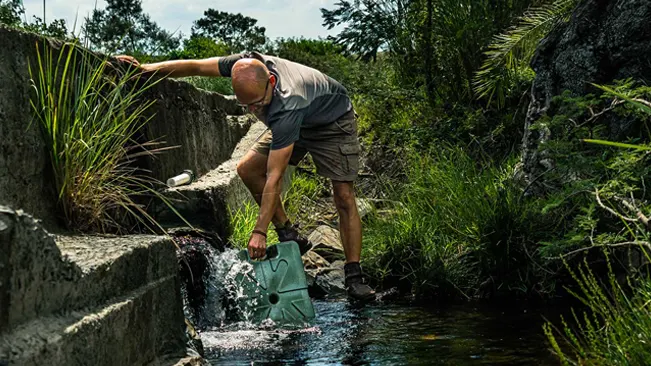
Forests play a critical role in naturally filtering and purifying water through their complex ecosystems. This natural filtration process is driven by both the physical structure of forests and the biological activities within them. The dense root systems, soil composition, and diverse microbial communities all contribute to the effective filtration of pollutants before they reach water bodies.
Process of Filtration and Purification
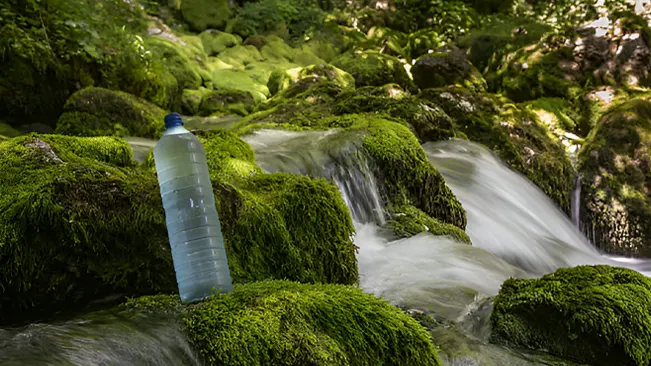
As rainwater and surface runoff pass through forested areas, several mechanisms work together to filter and purify the water. The leaf litter and other organic matter on the forest floor act as a natural sponge, trapping sediments and pollutants such as heavy metals and pesticides. The soil layers, enriched with microbes and fungi, break down these pollutants into less harmful substances. Moreover, the extensive root systems of trees and plants help to stabilize the soil, reducing erosion and further preventing sediment and pollutants from washing away. This entire process helps maintain the clarity and purity of water by the time it reaches underground aquifers or surface water sources like rivers and lakes.
Impact on Water Quality
Effects on Water Quality

Forests significantly impact water quality by reducing the levels of pollutants that enter water bodies. The natural filtration processes in forests can lower the concentrations of harmful substances, leading to healthier aquatic ecosystems and safer drinking water. Moreover, forests help regulate the water cycle itself by influencing rainfall patterns and maintaining the regular flow of rivers and streams, which is crucial for preventing both floods and droughts.
Global and Local Implications
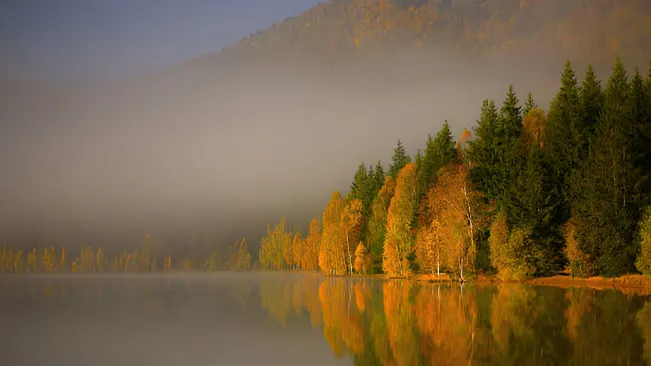
On a global scale, forests mitigate the effects of acid rain and agricultural runoff, which can lead to eutrophication a process that depletes oxygen in water bodies, harming aquatic life. Locally, forests surrounding lakes and rivers act as protective buffers, maintaining water quality and supporting biodiversity by providing habitat for various aquatic species.
Additional Ecosystem Services
Biodiversity Conservation
Forests are crucial sanctuaries for biodiversity, serving as habitats for a vast array of plant and animal species. These ecosystems support a significant proportion of the world’s biodiversity, including various endemic and endangered species. The dense tree canopies, diverse undergrowth, and intricate soil systems offer different niches that foster a complex web of life. This biodiversity is not only crucial for ecological resilience but also enhances the effectiveness of ecosystem services such as pollination, pest control, and genetic diversity, which are essential for sustainable forest management. Moreover, the presence of diverse species ensures the stability and health of the forest ecosystem, enabling it to recover from and adapt to environmental changes.
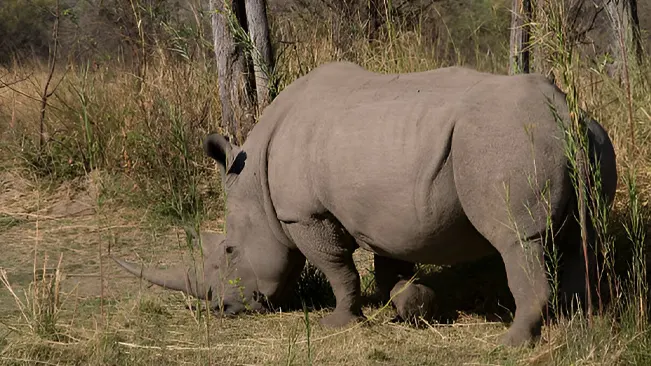
The interlinkages between biodiversity and forest ecosystem services are profound. Diverse forests regulate climate at both local and global scales, contribute to the water cycle by facilitating groundwater recharge, and stabilize soils to prevent erosion. Each species plays a role in maintaining ecological balance, with their interactions contributing to the productivity and health of the forest. Preserving forest biodiversity is thus not only a matter of conserving wildlife but also of ensuring the continuity and enhancement of ecosystem services that benefit humanity.
Recreational and Cultural Services
Forests offer numerous recreational opportunities that enrich human life, ranging from hiking and bird watching to camping and photography. These activities not only provide physical and mental health benefits but also deepen the public’s connection with nature, fostering a culture of conservation. For instance, national parks and forest reserves attract millions of visitors each year, generating significant revenue and increasing awareness about ecological values. Statistics from the U.S. National Park Service show that in 2019, over 327 million visits were made to national parks, many of which are forested areas, highlighting the recreational importance of these natural spaces.
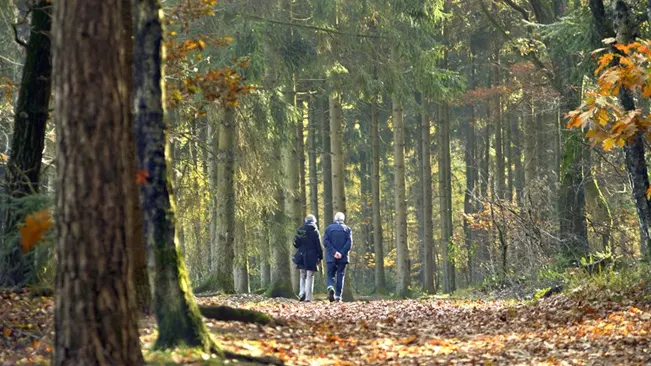
The cultural significance of forests is deeply ingrained in many societies worldwide. Forests are often revered as sacred spaces and are integral to the cultural identity and heritage of various communities. They feature prominently in folklore, religious practices, and traditional ceremonies, underpinning the cultural fabric of many populations. For example, the practice of Shinrin-yoku, or “forest bathing,” in Japan reflects the cultural importance of forests in promoting well-being. Such cultural and recreational engagements not only highlight the intrinsic value of forests but also promote conservation efforts through increased public interest and participation.
Economic Benefits
The economic implications of forest ecosystem services are extensive, influencing both local economies and global industries. Forests contribute directly to economies through the provision of timber, non-timber products like fruits, nuts, and medicinal plants, and other forest products that support the livelihoods of millions of people worldwide. The sustainable management of these resources ensures that forests continue to provide these goods for future generations while maintaining ecological balance. For instance, the global trade in timber and other forest products totals billions of dollars annually, underscoring the economic impact of forests.

Additionally, forests create employment opportunities in various sectors including forestry management, conservation projects, and Eco-tourism. These jobs are vital for rural communities, where employment options may be limited. The role of forests in supporting industries such as paper, furniture, and pharmaceuticals also highlights their economic significance. Moreover, the economic value of forest ecosystem services, such as carbon sequestration and water filtration, although not always directly monetized, contributes significantly to global economic stability by mitigating climate change impacts and preserving water resources, thereby avoiding enormous costs in other sectors affected by environmental degradation.
Conclusion
In conclusion, the value of forest ecosystem services extends far beyond their immediate environmental benefits. They are foundational to sustaining the environmental, social, and economic pillars upon which sustainable development is built. Recognizing and preserving these services through effective conservation and sustainable management practices is essential for the well-being of current and future generations, ensuring that forests continue to benefit all forms of life on Earth. Embracing and enhancing our forests is not just an environmental imperative but a necessity for a resilient and prosperous global future.
FAQs
- What are forest ecosystem services?
Forest ecosystem services are natural processes and benefits provided by forest ecosystems that support human life and environmental health. These services include carbon sequestration, water filtration, biodiversity conservation, and more. - How do forests contribute to carbon sequestration?
Forests help mitigate climate change by absorbing carbon dioxide from the atmosphere through the process of photosynthesis. The carbon is then stored in the biomass of trees and the soil, reducing the overall concentration of greenhouse gases in the atmosphere. - What role do forests play in water filtration?
Forests naturally filter and purify water through their soil and vegetation. As water moves through the forest, it is cleansed of pollutants, which helps maintain the quality and safety of water for human consumption and ecological health. - Can forests impact biodiversity?
Yes, forests are vital habitats for a vast range of species and play a crucial role in conserving biodiversity. They provide food, shelter, and breeding grounds for many organisms, which helps maintain ecological balance and resilience. - Why are forests important for recreation and culture?
Forests provide spaces for recreational activities like hiking, bird-watching, and camping, which contribute to physical and mental well-being. They also hold cultural significance in many societies, featuring in spiritual practices, traditional ceremonies, and folklore. - What economic benefits do forests provide?
Economically, forests contribute through the provision of resources like timber, medicinal plants, and other non-timber products. They also support industries such as tourism and recreation, which create jobs and generate revenue. - How can we enhance forest ecosystem services?
Enhancing forest ecosystem services involves promoting sustainable forest management, protecting existing forests from deforestation, reforesting degraded areas, and supporting policies that recognize and integrate the value of forest services in planning and development. - What challenges do forests face today?
Forests are threatened by deforestation, climate change, pollution, and unsustainable land use practices. These challenges can degrade forest services and lead to a loss of biodiversity and reduced quality of life for people dependent on these ecosystems.

Joel Cunningham
Forestry AuthorI'm Joel Cunningham, an expert in pruning and weed management with over a decade of experience. My skills are rooted in formal training and extensive practice, focusing on advanced pruning techniques and efficient weed control. I'm known for my quality work, precision, and deep understanding of plant health and soil dynamics. My contributions extend to educational initiatives where I share sustainable practices and advice, establishing myself as a reliable and authoritative figure in the gardening community.


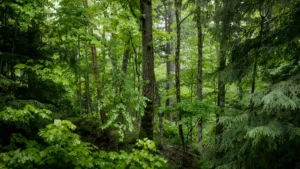
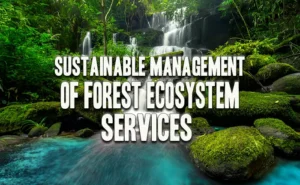
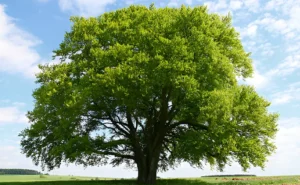
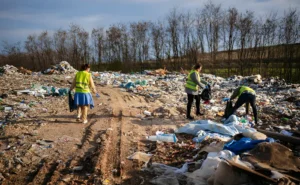
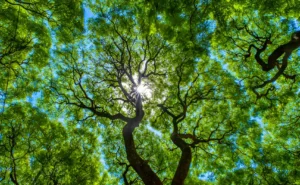

Leave your comment